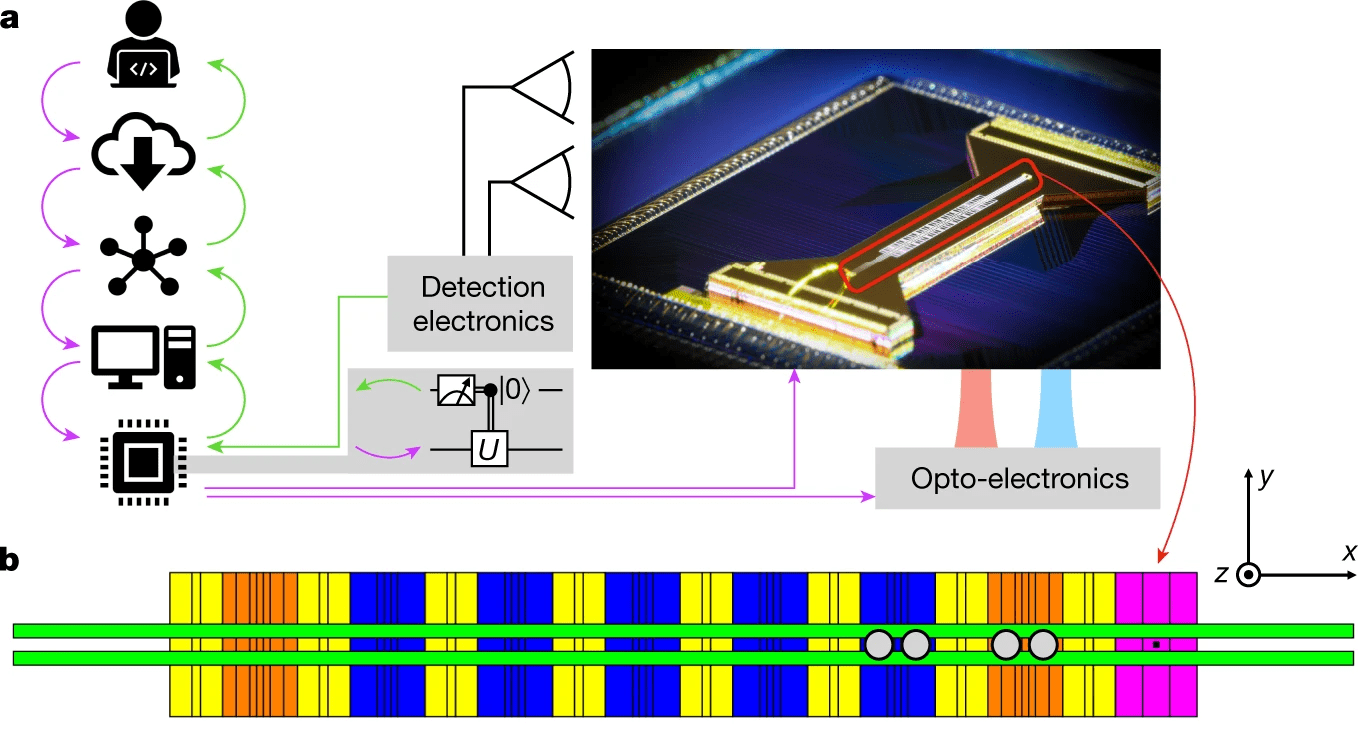Researchers at QuTech in Delft have achieved a significant milestone in quantum computing by successfully observing and manipulating Majorana bound states through a novel approach combining superconductors and quantum dots. This breakthrough, recently published in Nature, could potentially lead to more stable quantum computation.
The persistent challenge in quantum computing has been the inherent instability of quantum bits (qubits). Topological quantum bits, which leverage Majorana bound states, offer a promising solution as they are theoretically more resistant to errors. These exotic quasiparticles have long been predicted to exist at the edges of one-dimensional superconducting systems.
Previous attempts to find Majoranas focused on extended one-dimensional semiconductor-superconductor hybrids, but these approaches were hampered by material disorder. The Delft team took a different approach by implementing the fundamental Kitaev model that first predicted Majoranas in 2000. They constructed a chain of three coupled quantum dots in a two-dimensional electron gas, essentially building their system “block-by-block” with artificial atoms.
This methodical approach allowed the researchers to create and study Majorana bound states in a highly controlled environment. The middle quantum dot functioned as a tunable “bulk-gap” that could be selectively present or removed. When removed, the Majorana bound states on the outer quantum dots became unstable, precisely as the Kitaev model predicted.
What distinguishes this research is the ability to simultaneously probe what happens on the left, middle, and right sides of the system. Additionally, the team demonstrated that Majoranas could be moved from one quantum dot to another—a crucial capability for topological quantum computing, where information is encoded through the braiding patterns of Majoranas.
Looking ahead, the researchers plan to expand their system to six quantum dots in a T-shape configuration, which would enable them to test braiding operations and create a basic qubit. Senior author Srijit Goswami emphasizes that their focus extends beyond building a quantum computer to fundamentally understanding how Majoranas work, how they interact, and what possibilities they might unlock for quantum information processing.
The post Majoranas on the move appeared first on QuTech.



